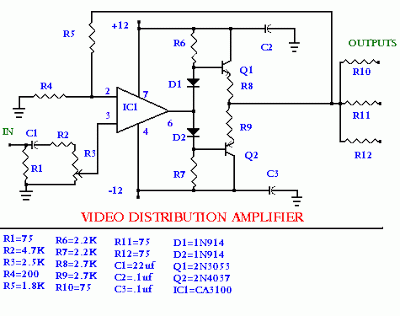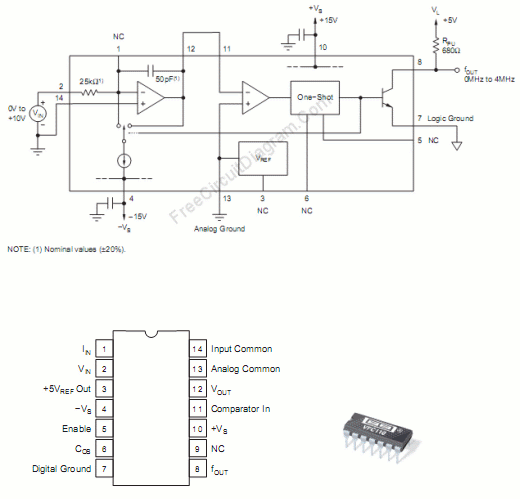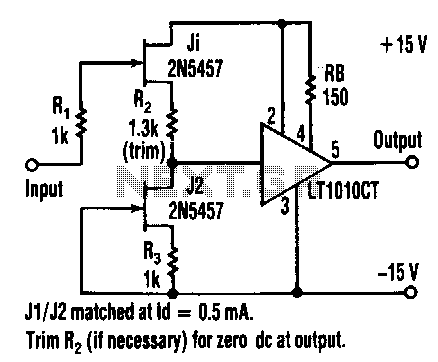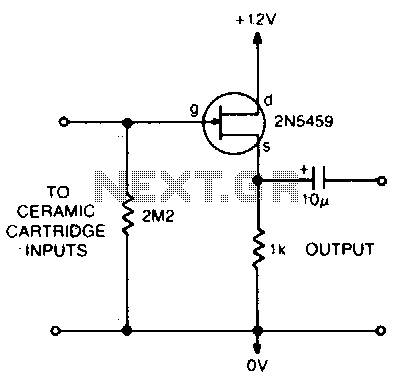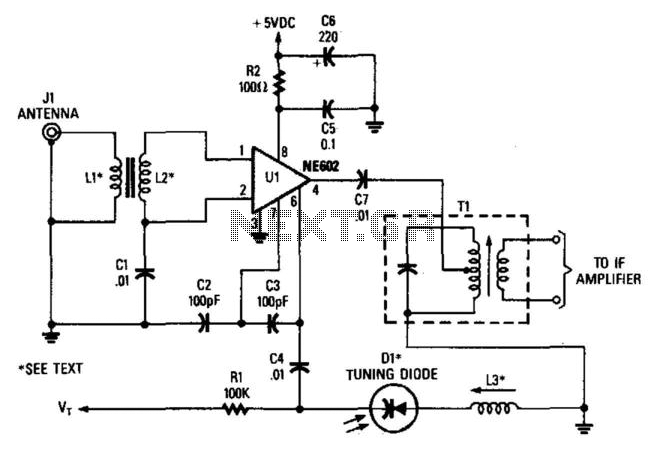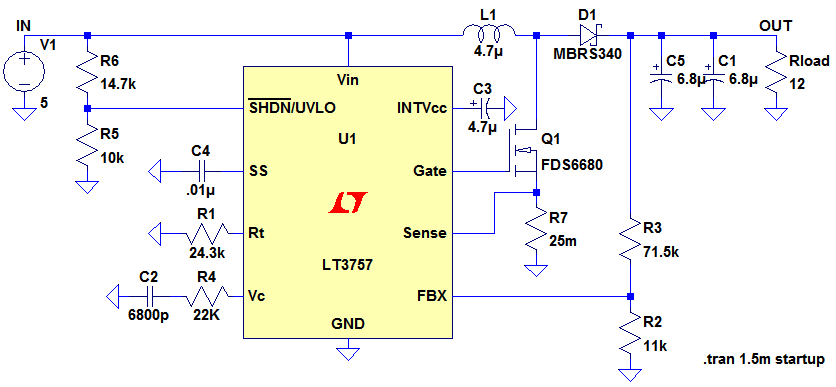
VGA to video converter
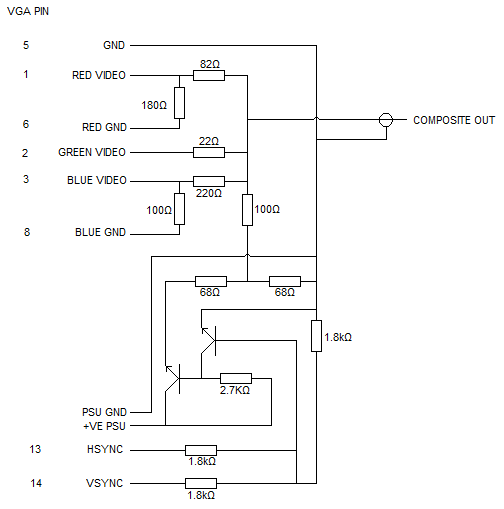
The first circuit was utilized to generate a greyscale video, incorporating the composite sync derived from the second circuit. Initial attempts to synchronize the television using only the horizontal sync (Hsync) and vertical sync (Vsync) signals from the first circuit were unsuccessful. The VGA adapter requires a specific driver on the computer to enforce the use of PAL/NTSC timings. The vgatv link elucidates the concept, indicating that VGA operates at a higher screen refresh rate than a standard television signal, necessitating a reduction to the appropriate frequency. Although the mentioned driver is outdated, it includes the relevant circuit diagram in its help file. A newer version of the driver is available, alongside a compatible Windows driver. This driver functions effectively with the modified circuit, although the output is limited to greyscale. For color output, a more complex circuit involving integrated circuits (ICs) would be necessary. The positive power supply pin can accommodate various voltages, confirmed to work with both 5V and 12V. Currently, the adapter is powered using a battery clip and a 9V PP3 battery to eliminate the need for an additional power supply. If the circuit were to be used with a PC consistently, the 0V and 5V lines could be easily accessed from a spare connector on the computer's power supply, utilizing one of the numerous dust collection openings commonly found in PCs.
The circuit for generating greyscale video from a VGA source involves several key components and connections. The primary function is to convert the VGA output into a format compatible with standard television displays. This is achieved by processing the RGB signals from the VGA output, where the red, green, and blue signals are combined to create a single greyscale output. The first circuit is responsible for this conversion, ensuring that the video signal adheres to the necessary timing specifications for television compatibility.
The second circuit provides the composite sync signal, which is essential for synchronizing the video output with the television's display. This circuit generates the horizontal and vertical sync pulses that are necessary for proper image rendering. The integration of these sync signals with the video output is crucial, as it aligns the generated video frames with the television's refresh cycle.
To enable the VGA adapter to operate with PAL or NTSC timings, a specific driver must be installed on the computer. This driver adjusts the timing of the VGA output to match the television standards, allowing for successful synchronization. The outdated driver mentioned in the description includes a circuit diagram that can serve as a reference for constructing the necessary hardware. The availability of a newer driver ensures that users can benefit from improved compatibility and performance.
Power supply considerations are also important in this setup. The circuit can function with different voltage levels, such as 5V or 12V, providing flexibility for various applications. The use of a 9V PP3 battery for portable applications demonstrates the adaptability of the circuit design. For permanent installations, accessing the power supply from a computer is a practical solution, allowing for a clean and efficient setup.
In summary, this circuit setup effectively converts VGA signals to greyscale video for television displays, utilizing composite sync for synchronization. The requirement for a specific driver and the flexibility in power supply options enhance the usability of the design, making it suitable for both temporary and permanent implementations. For color output, a more complex circuit involving integrated circuits would be necessary, expanding the capabilities of the VGA to television conversion process.I used the first circuit to generate the greyscale video, and mixed in the composite sync obtained from the second circuit, I had tried just mixing in the Hsync and Vsync as per the first circuit but couldn`t get this to sync the TV. The adapter itself is no use without a driver on the computer to force the VGA adapter to use PAL/NTSC timings, the
vgatv link explains the concept, but basically VGA is at a higher screen refresh than a tv signal, and needs to be slowed down to the right frequency. The driver above is out of date, but has the aforementioned circuit diagram in the help file. A newer version of the driver is available here there is also a windows driver available too. This driver works fine with my modified circuit, the video is only greyscale of course, for colour you`d need to build the complex circuit with ICs.
The +ve PSU pin can be whatever voltage you have available, it definitely works with 5v and 12v, and I am currently using the adapter with a battery clip and 9v PP3 battery to avoid needing another PSU, if you were using the circuit on a PC all the time you could easily bring the 0 and 5v lines out from a spare plug on your computer power supply through one of the many dust collection holes PCs seem to have! 🔗 External reference
The circuit for generating greyscale video from a VGA source involves several key components and connections. The primary function is to convert the VGA output into a format compatible with standard television displays. This is achieved by processing the RGB signals from the VGA output, where the red, green, and blue signals are combined to create a single greyscale output. The first circuit is responsible for this conversion, ensuring that the video signal adheres to the necessary timing specifications for television compatibility.
The second circuit provides the composite sync signal, which is essential for synchronizing the video output with the television's display. This circuit generates the horizontal and vertical sync pulses that are necessary for proper image rendering. The integration of these sync signals with the video output is crucial, as it aligns the generated video frames with the television's refresh cycle.
To enable the VGA adapter to operate with PAL or NTSC timings, a specific driver must be installed on the computer. This driver adjusts the timing of the VGA output to match the television standards, allowing for successful synchronization. The outdated driver mentioned in the description includes a circuit diagram that can serve as a reference for constructing the necessary hardware. The availability of a newer driver ensures that users can benefit from improved compatibility and performance.
Power supply considerations are also important in this setup. The circuit can function with different voltage levels, such as 5V or 12V, providing flexibility for various applications. The use of a 9V PP3 battery for portable applications demonstrates the adaptability of the circuit design. For permanent installations, accessing the power supply from a computer is a practical solution, allowing for a clean and efficient setup.
In summary, this circuit setup effectively converts VGA signals to greyscale video for television displays, utilizing composite sync for synchronization. The requirement for a specific driver and the flexibility in power supply options enhance the usability of the design, making it suitable for both temporary and permanent implementations. For color output, a more complex circuit involving integrated circuits would be necessary, expanding the capabilities of the VGA to television conversion process.I used the first circuit to generate the greyscale video, and mixed in the composite sync obtained from the second circuit, I had tried just mixing in the Hsync and Vsync as per the first circuit but couldn`t get this to sync the TV. The adapter itself is no use without a driver on the computer to force the VGA adapter to use PAL/NTSC timings, the
vgatv link explains the concept, but basically VGA is at a higher screen refresh than a tv signal, and needs to be slowed down to the right frequency. The driver above is out of date, but has the aforementioned circuit diagram in the help file. A newer version of the driver is available here there is also a windows driver available too. This driver works fine with my modified circuit, the video is only greyscale of course, for colour you`d need to build the complex circuit with ICs.
The +ve PSU pin can be whatever voltage you have available, it definitely works with 5v and 12v, and I am currently using the adapter with a battery clip and 9v PP3 battery to avoid needing another PSU, if you were using the circuit on a PC all the time you could easily bring the 0 and 5v lines out from a spare plug on your computer power supply through one of the many dust collection holes PCs seem to have! 🔗 External reference
